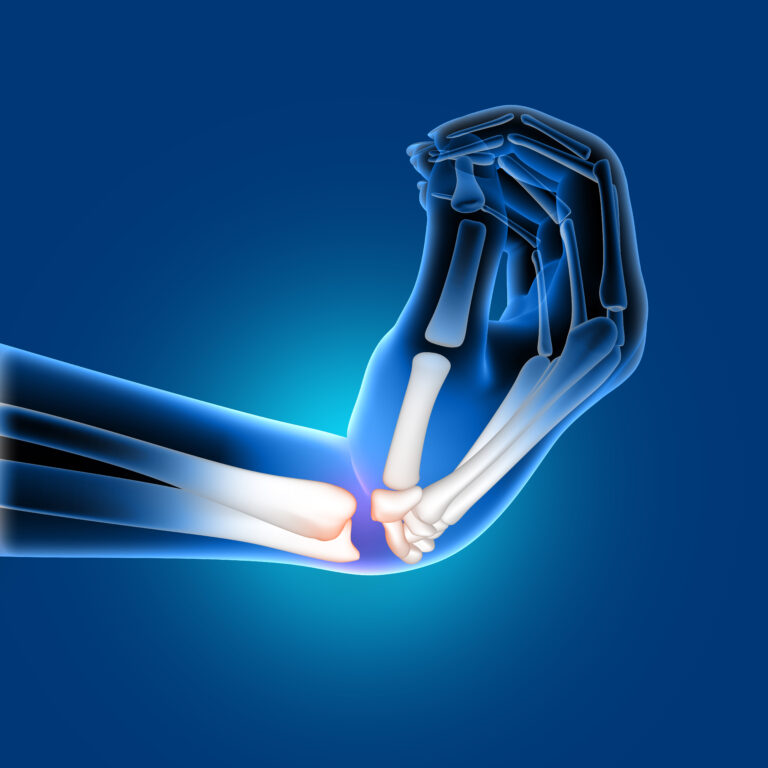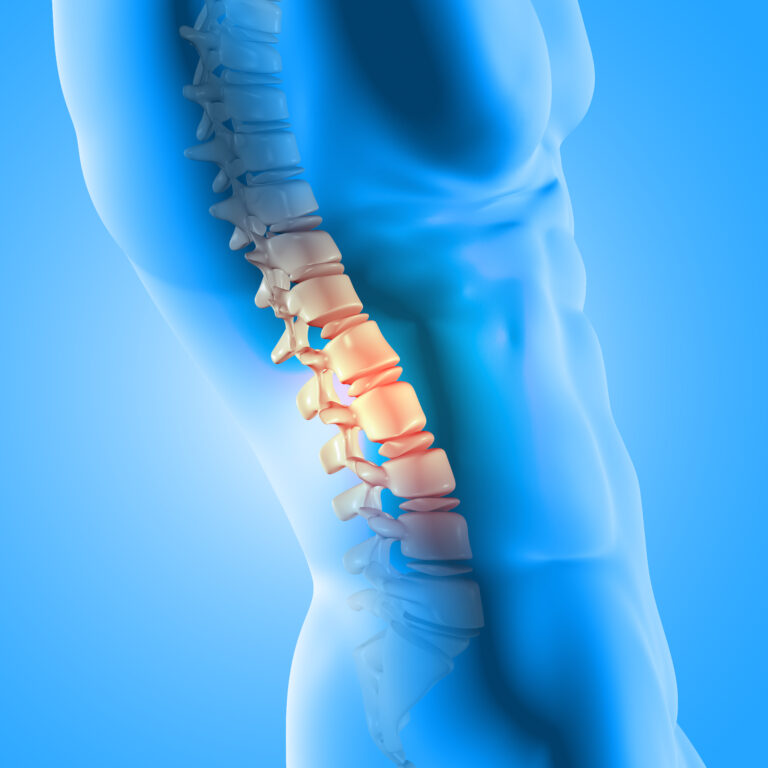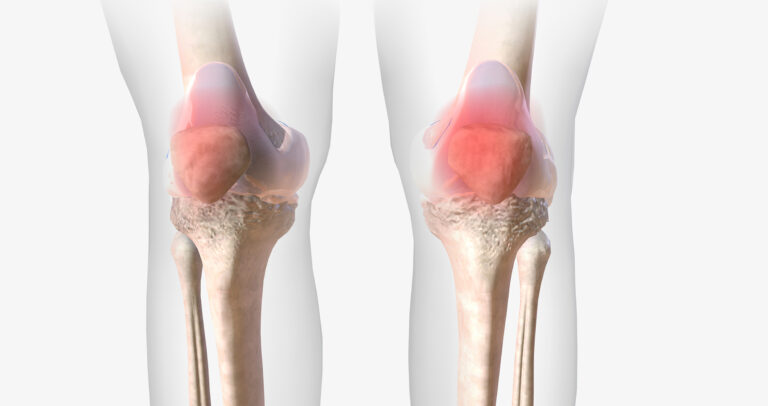The hip joint is a fundamental part of our body’s mechanics, enabling a wide range of movements and bearing the weight of our upper body. Its complex structure and functions make it one of the most important joints in maintaining our mobility and quality of life. This blog will delve into the intricacies of the hip joint, its importance, common ailments, and tips for maintaining hip health.
The Anatomy of the Hip Joint
The hip joint is a ball-and-socket joint formed by the articulation between the femur (thigh bone) and the acetabulum of the pelvis. This joint structure allows for significant flexibility and range of motion.
- Femoral Head: The rounded top part of the femur that fits into the acetabulum.
- Acetabulum: The cup-shaped socket in the pelvis that holds the femoral head.
- Articular Cartilage: This smooth, white tissue covers the surfaces of the femoral head and acetabulum, reducing friction and allowing for smooth movement.
- Ligaments: Strong bands of tissue, including the iliofemoral, pubofemoral, and ischiofemoral ligaments, which provide stability and limit excessive movement.
- Muscles and Tendons: The hip joint is surrounded by powerful muscles, such as the gluteals, hip flexors, and adductors, which facilitate movement and provide additional stability.
The Functions of the Hip Joint
The hip joint’s primary function is to support the body’s weight in both static and dynamic postures. It allows for a variety of movements:
- Flexion and Extension: Bringing the thigh towards the torso and moving it back.
- Abduction and Adduction: Moving the leg away from and towards the body’s midline.
- Internal and External Rotation: Twisting the thigh inward and outward.
- Circumduction: A combination of movements that create a circular motion.
These movements are essential for daily activities such as walking, running, sitting, and standing.
Common Hip Joint Issues
Due to its weight-bearing role and extensive range of motion, the hip joint is prone to various problems, including:
- Osteoarthritis: Degeneration of joint cartilage and the underlying bone, causing pain and stiffness.
- Rheumatoid Arthritis: An autoimmune condition causing inflammation of the joint lining.
- Hip Fractures: Often occur in the elderly due to falls, impacting mobility and quality of life.
- Bursitis: Inflammation of the bursae, the small sacs of fluid that cushion the hip joint.
- Labral Tears: Tears in the labrum, the cartilage surrounding the acetabulum, leading to pain and limited movement.
- Tendinitis: Inflammation or irritation of tendons, often due to overuse.
Maintaining Hip Health
Due to its weight-bearing role and extensive range of motion, the hip joint is prone to various problems, including:
- Osteoarthritis: Degeneration of joint cartilage and the underlying bone, causing pain and stiffness.
- Rheumatoid Arthritis: An autoimmune condition causing inflammation of the joint lining.
- Hip Fractures: Often occur in the elderly due to falls, impacting mobility and quality of life.
- Bursitis: Inflammation of the bursae, the small sacs of fluid that cushion the hip joint.
- Labral Tears: Tears in the labrum, the cartilage surrounding the acetabulum, leading to pain and limited movement.
- Tendinitis: Inflammation or irritation of tendons, often due to overuse.
Conclusion
The hip joint is essential for movement and stability, playing a crucial role in our daily lives. Understanding its anatomy and functions, along with taking proactive steps to maintain its health, can help prevent common issues and enhance your overall well-being. By staying active, maintaining a healthy weight, and practicing good posture, you can keep your hips healthy and functional for years to come.
Disclaimer: The information provided in this blog post is for general informational purposes only and should not be considered professional advice. Before making any health-related decisions, consult with a qualified healthcare professional. The content is not a substitute for medical advice, and individual results may vary. The author and website are not responsible for any consequences arising from the use of the information provided. Use your best judgment and seek professional advice when needed.




